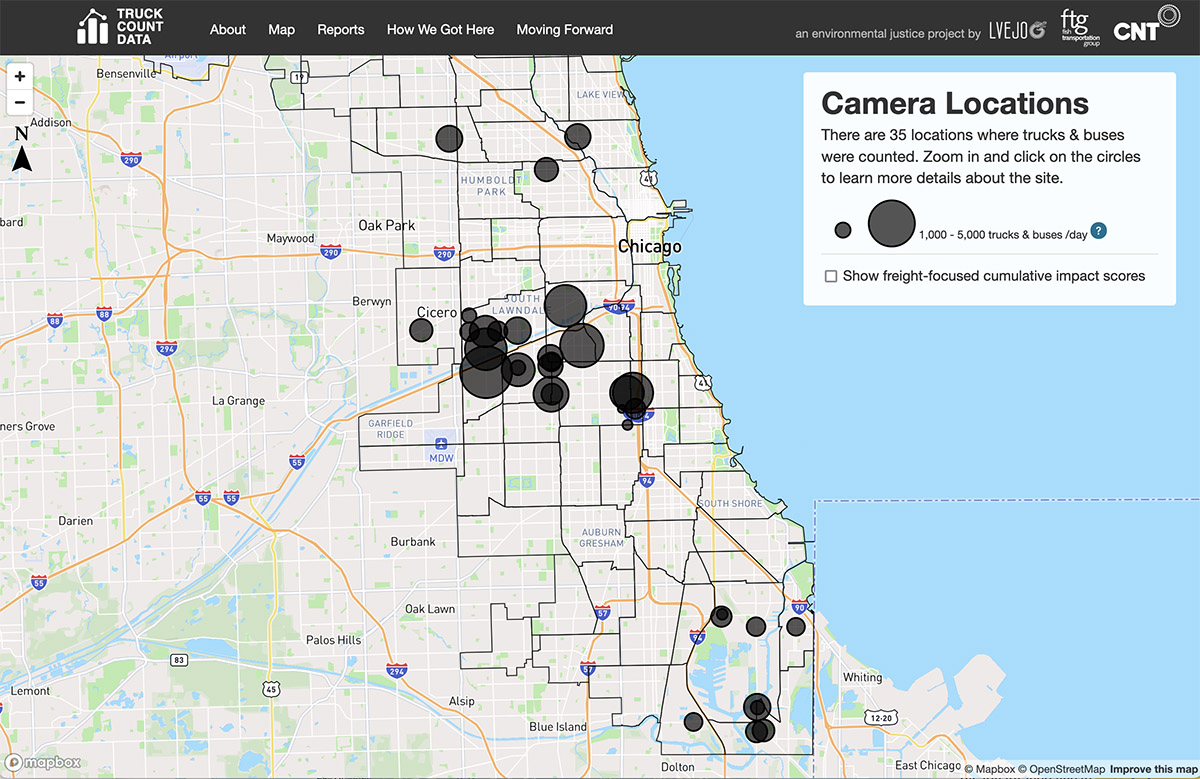A recent Texas A&M study on traffic congestion misses the point. According to the report's findings, Chicago-area commuters lose 61 hours every year due to delays costing $1,445 annually for wasted fuel and time. Yet we should be able to live in convenient places closer to our jobs and amenities, rather than always expect a road will take us there without delay.
Sixty-one hours a year boils down to 7.3 minutes of delay per trip. Two-thirds of area commuters get to work in under 35 minutes, half under 30, 20 percent under 15 and 7 percent in under 10 minutes. In Cook County, while 62 percent of commuters drove alone to work, 38 percent did not, opting instead for carpooling, public transportation, walking, biking or working at home; in the collar counties the “didn’t drive alone” score is only 14-22 percent.
Congestion reduction is worth a whole lot less than is location efficiency (proximity of homes to jobs, services, and everyday destinations) and transportation choice. There’s no proof that highway capacity expansions do anything other than signal people not to worry about driving.
Outside of downtown Chicago, the region’s largest job centers, such as Oakbrook, are not served by rail transit, boosting the fraction of workers who take 45 minutes or more each way to 25 percent. By focusing only on how fast someone from an outer suburb can make it to Chicago or vice versa, we don’t account for affordability. Driving in a car to an outer suburb will waste far more money than any start- and-stop traffic, so it’s important to provide travel choice.
The costs of transportation vary by place. Median income households in suburbs such as Evanston, Oak Park, and Cicero spend roughly $2,500 less per year than households located in Schaumburg, Addison, and Naperville. Average income households in Cook spend $10,459 per year, in Kendall County $14,634. In total the region’s households spend over $40 billion annually out-of-pocket for getting around, against which the reported delay costs are trivial. These savings accrue in manifold ways- fewer cars on the road, less money spent, and more support for local businesses, jobs & public services. As for “delay,” over 1 million transit riders, carpoolers, walkers, bikers and those working at home got to spend more time productively and enjoyably by not-driving.
To reduce peak congestion at a handful of pinch-points we can spread the traffic over space and time and between roads and transit—but if we’re really trying to help people save money, let’s focus on the real cost of transportation to our households and communities by prioritizing proximity to daily destinations and improved choices for getting there not just the cost of a few minutes of delay.





 Strengthening Transit Through Community Partnerships
Strengthening Transit Through Community Partnerships